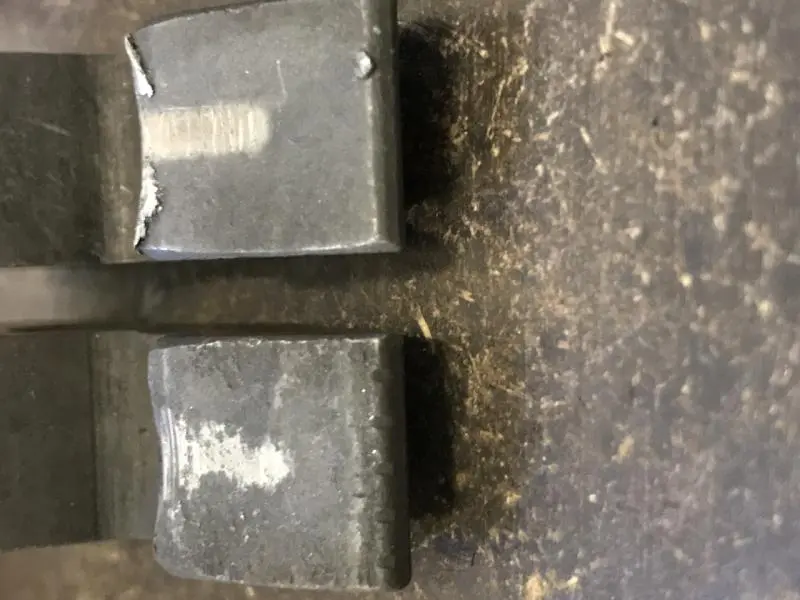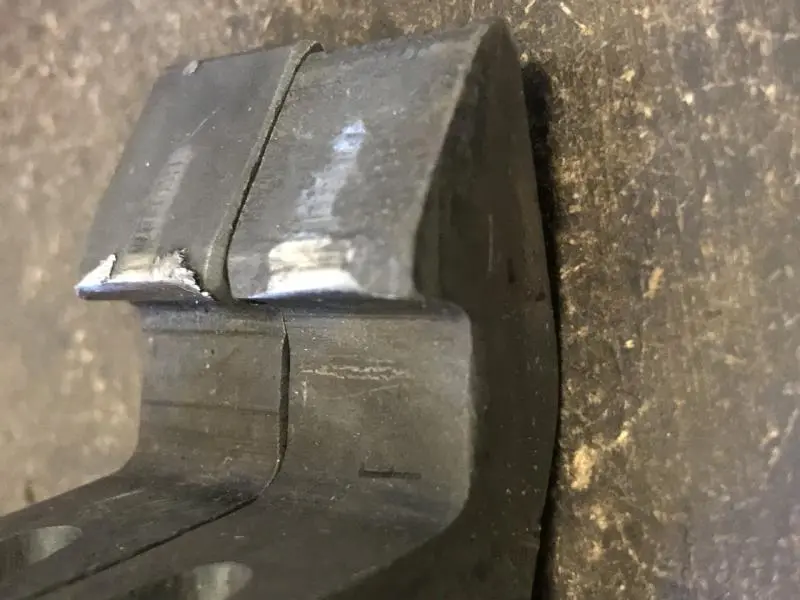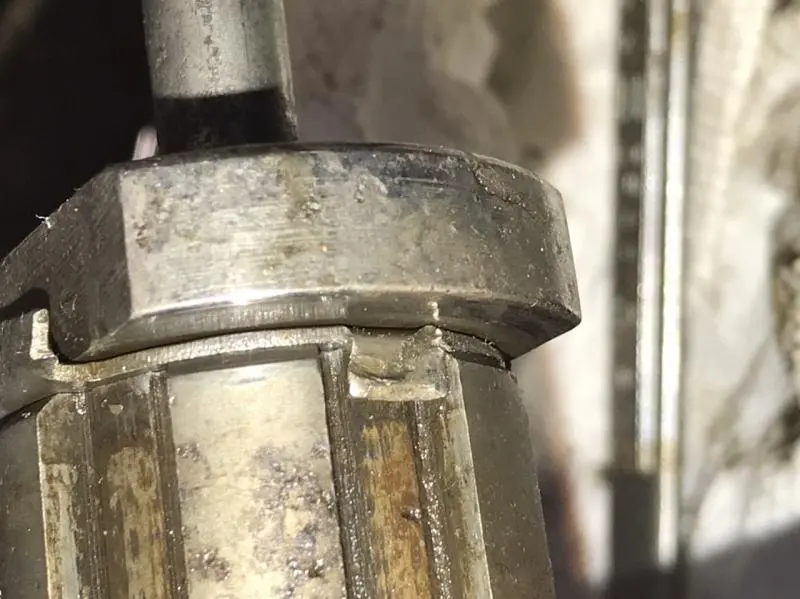


Also, when I removed the adjustment screws, both were in 4 and a half turns.
I would just preheat the worn spots and weld them up [latches] with 7018 and grind back to shape.
Thanks Rome. That's a good idea, but I don't have the capability to do that at the moment. I went ahead and ordered from Florin.
Does 4 and a half turns sound like the correct position on the spring tension screws?
Thanks Rome. That's a good idea, but I don't have the capability to do that at the moment. I went ahead and ordered from Florin.
Does 4 and a half turns sound like the correct position on the spring tension screws?
[quote="Cat Yellow1"]Thanks Rome. That's a good idea, but I don't have the capability to do that at the moment. I went ahead and ordered from Florin.
Does 4 and a half turns sound like the correct position on the spring tension screws?[/quote]
I'm not sure, there was a thread on here about that, I thought it was flush with the collar then in two and a half turns.
I don't know if all ponys are the same on all tractor sizes, but my book for a D6 says that for every turn, the release RPM is increased by 100-150 RPM. I assume the starting point is where you can put the cotter pin in.
The pinion gear for my tractor is 13t and the flywheel gear is 112 t. So, every 1 turn of the pinion gear means about 0.12 turns of the flywheel gear. So the diesel turning at 1500RPM would cause the pinion to turn at a rate of 12,500RPM if it stays engaged. I don't know if it is basically a 1:1 ratio of RPM from the starting engine and starting clutch and pinion, but my pony motor is rated at 3000RPM, so a stuck pinion may possibly cause the pony to start rotating at 12,500RPM which probably wouldn't be a good thing. Even at the lowest idle speed of the diesel, you may be overspeeding the starting engine.
On the other side, if the ratio is 1:1 on the pinion from the starting engine, a pony running at 3000RPM is going to be rotating the diesel at 360RPMS. So if the RPM increase is 100-150 per screw rotation, then 2.5 turns gets you 250-375RPM release speed and 4.5 turns gets you 450-675RPM release speed.
I don't know if this is how the relationship is completely defined, but it looks like 2.5 turns guarantees your starting engine won't be overspun when the diesel engages while 4.5 turns would put you at risk of overspinning the starting engine. 450RPM would translate to spinning around 3,750RPM in the starting engine. 675RPM means 5,625RPM. Sometimes cylinders in the diesel fire while others don't during starting, which would overspeed the pinion causing it to pop out. So, if you pick 4.5 turns, you may end up overspeeding your pony while trying to start the diesel.
However, this is for my D6 and it may or may not translate exactly to a D2.
Cats Forever
I robbed this off a post some time back and it gives the dimensions for one of the latches. I had problems with a pinion several years ago unlatching and I replaced the latches and spring and that cured it. I think the face of the latch is quite critical and the dimensions bear that out. It would take a machinist with a lot more accuracy than me to weld up the latch face and grind it back. There is a slight taper to the face and I think it is quite critical. Ponys are great when they latch and unlatch correctly but otherwise can be a PITA. Bought latches in 2005 for $77 each and I believe the local Cat dealer said they are now about $250 each..
I would just preheat the worn spots and weld them up [latches] with 7018 and grind back to shape.
im with Rome K/G weld them up. I dont think this is a machinist part, close is close enough especially 60 years later. Refurb and adjust properly and you'll be good to go. I've adjusted a couple and I'd start on the loose side, cause its alot easier to adjust than rebuild.